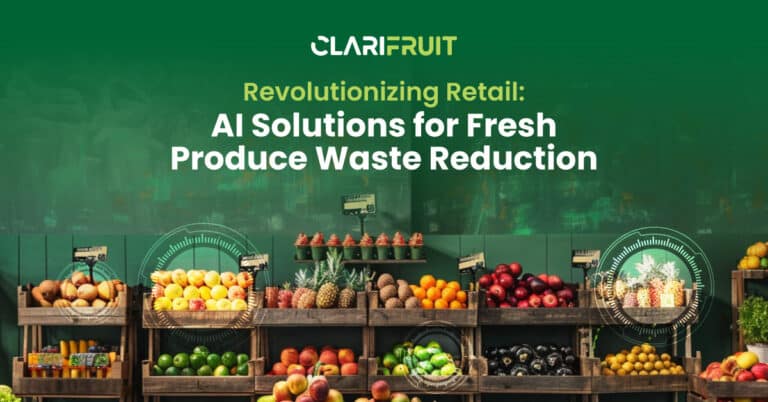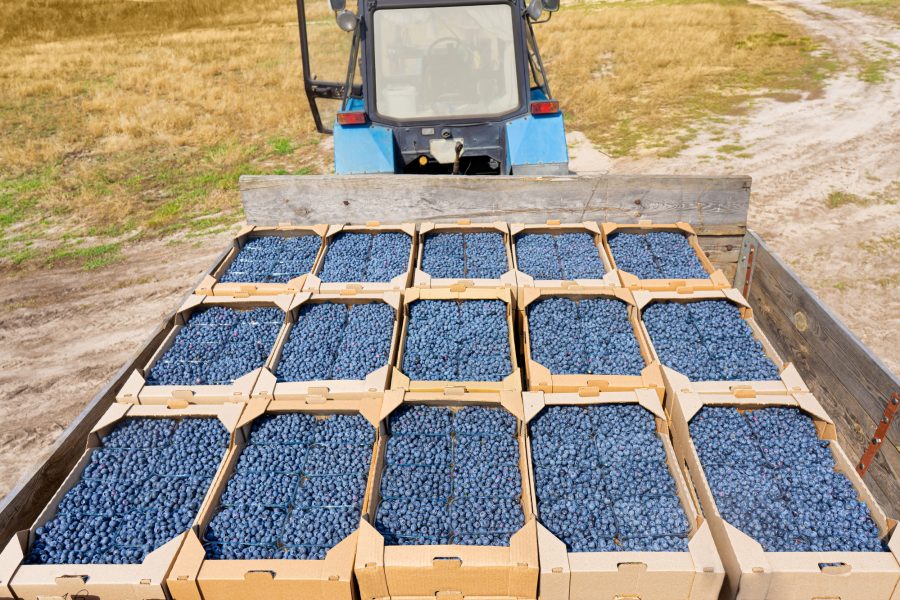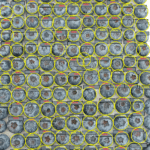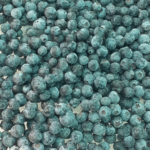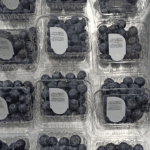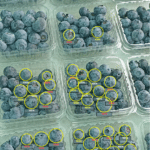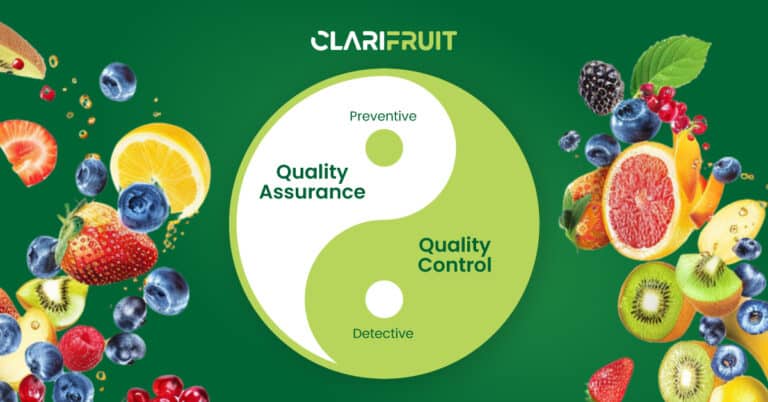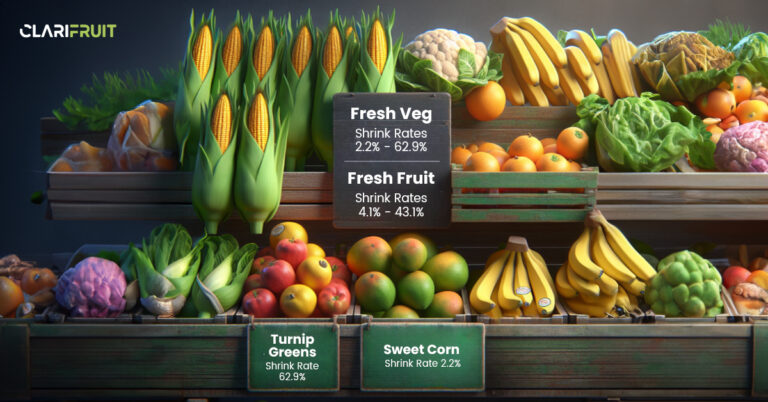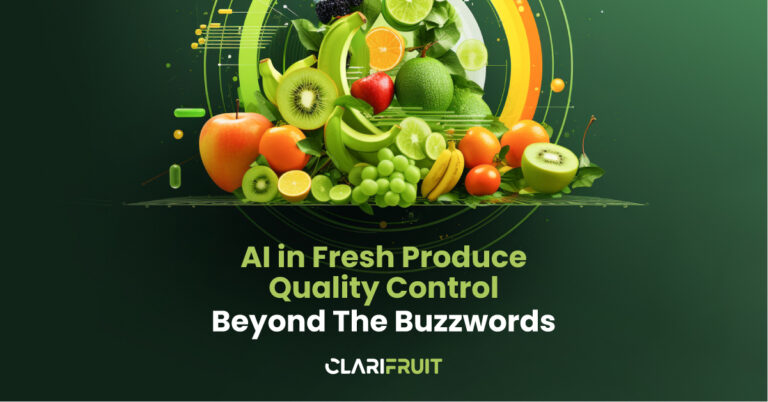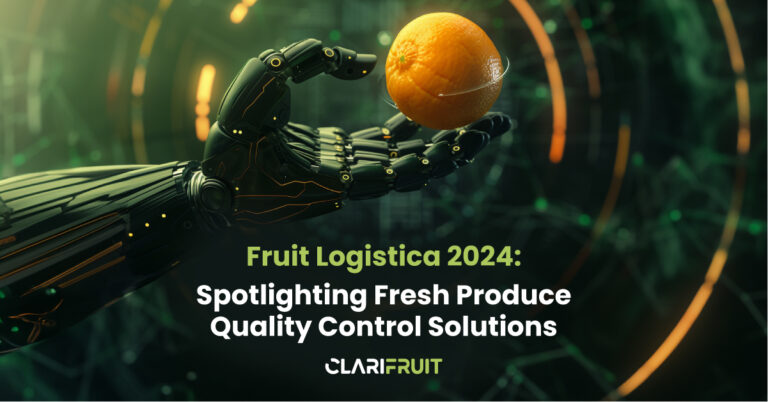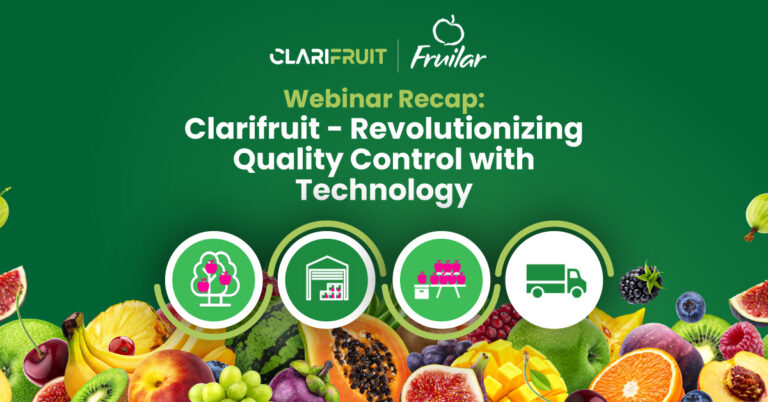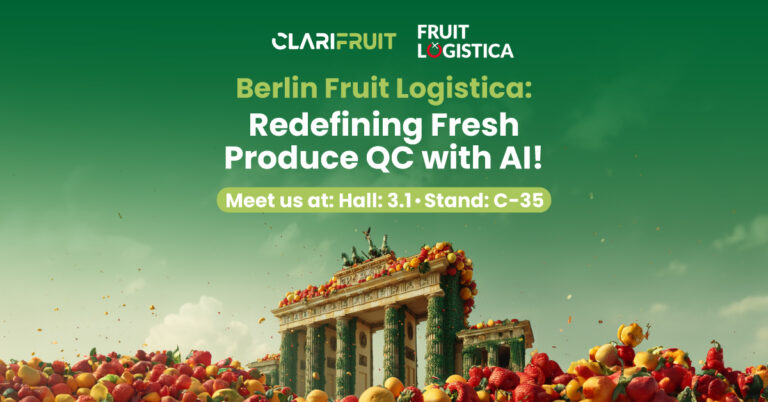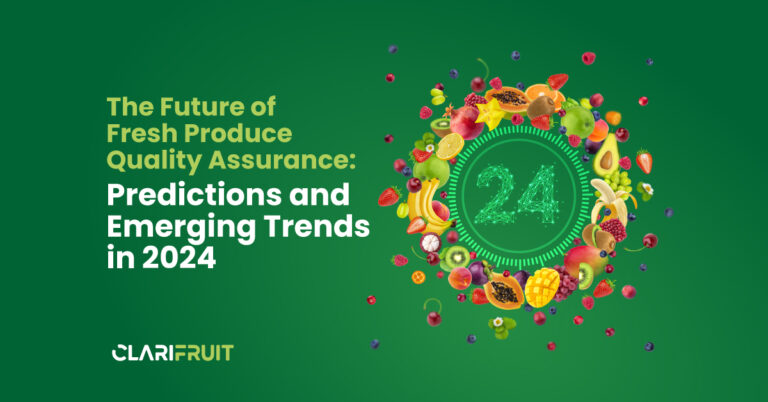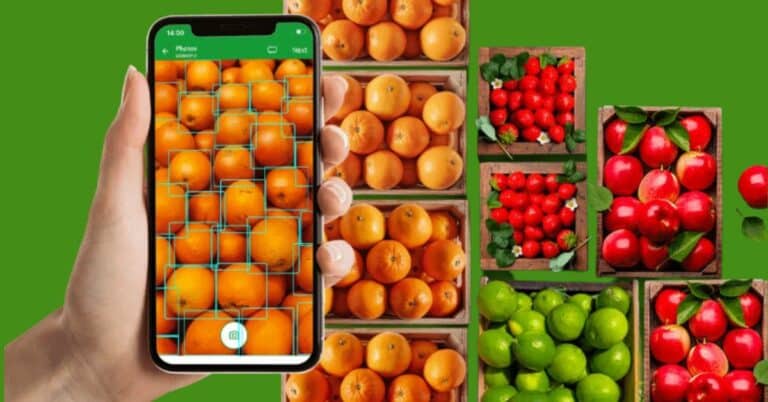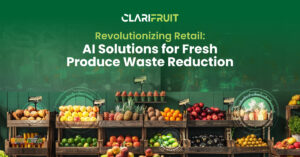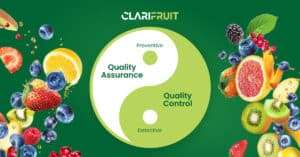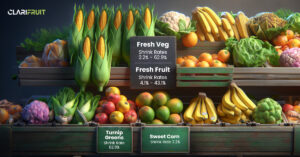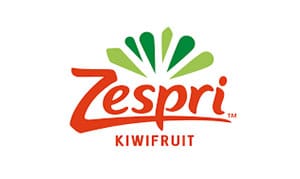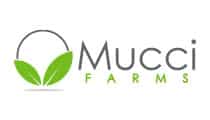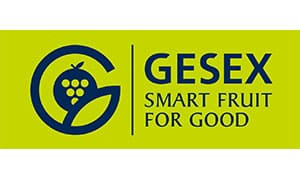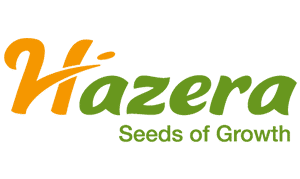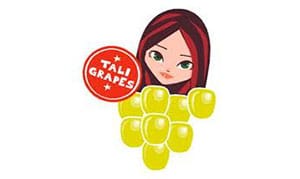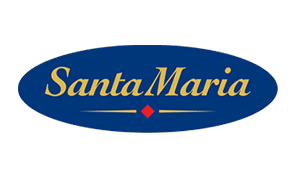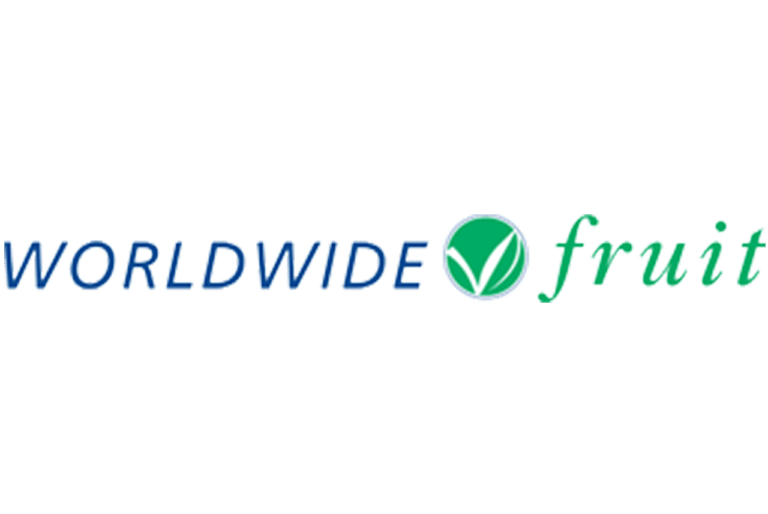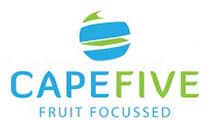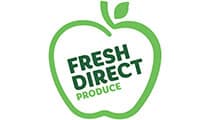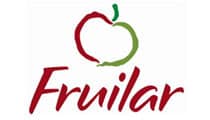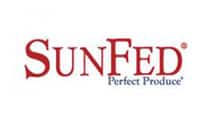It’s the start of blueberry harvest season, and we’re here for it!
Blueberry production has been growing in leaps and bounds over the past few years, with the projection for 2022-2023 estimated at 1.5 billion pounds, up 13.2% on the 2021-2022 season, according to the U.S. Highbush Blueberry Council. Blueberries have a great reputation, widely thought of as a superfood with great nutritional benefits, making them desirable to today’s consumers.
However, not all blueberry supply is the same, and stakeholders are always looking to improve the ratio of fresh blueberries to other forms, as fresh berries can fetch double to triple the market value of those which have been processed.
Kasey Cronquist, president of the council commented, “We’re expecting an excellent highbush crop with fresh blueberries representing 71% of the projected volume with the balance going to frozen, dried and other forms of processed blueberries.” Stakeholders across the value chain have an incentive to improve their quality control and handling processes from end to end to meet and surpass similar goals.
The challenge of optimizing blueberry quality control has become increasingly important as the industry continues to expand. With the projected 1.5 billion pounds of blueberries for the 2022-2023 season, stakeholders understand the significance of ensuring that a majority of these berries reach consumers as fresh produce rather than processed alternatives. This focus on fresh blueberries not only aligns with consumer preferences for nutritional, premium products but also maximizes revenue for all involved in the blueberry supply chain.
How do our customers improve blueberry harvest results?
At Clarifruit, we work with many customers to improve the quality of fresh produce quality control – blueberries included. For example, one customer – Migiva, moved from a manual process of tracking blueberry quality control with pen and paper, to digitizing all of their data using the Clarifruit platform. Understanding that the timing of the harvest was essential for the quality of their blueberry yield, and that a harvest too early or too late could impact the ripeness and the taste of the fruit, Migiva can now inspect pre-harvest as often as they need to, even inspecting different sections of their fields in isolation, to get the knowledge and quality for each sector.
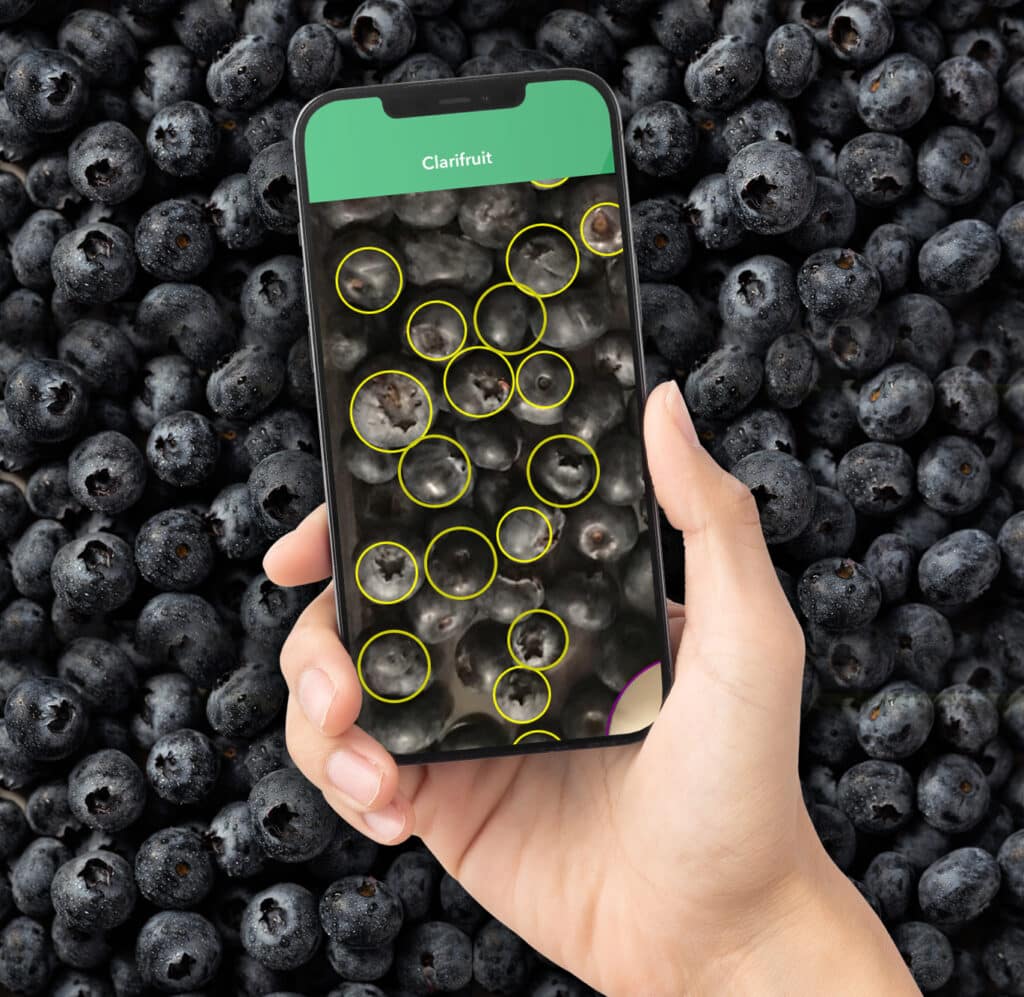
To do this, customers create different standards with the help of internal and external quality attributes such as color and Brix levels, and then they can answer questions such as, is this the right time to harvest, or should we wait another 2-3 days, or even another week? The same quality control standards can be used for each quality control checkpoint, whether that’s pre-harvest, during reception of the crop, or later on at the packing house and pre-shipping.
What information does Clarifruit provide?
As well as recognizing when the right time for harvesting blueberries should be, you can also use Clarifruit to identify specific defects in your harvest. You might be able to spot insect damage with the naked eye, but sometimes the damage done by a blueberry-specific pest such as the blueberry gall midge or the blueberry tip borer is hard to see until it’s already done damage to more of the crop. In general, you can’t always see what’s happening under the surface, for example moisture is a sign of good quality blueberries, but it could also be due to recent rainfall, and there’s no way for your human QC inspectors to tell these two situations apart with surety. As QC is so much faster with the Clarifruit platform than with traditional manual processes, businesses can expand the size of their sampling, getting visibility into a greater percentage of the yield, and therefore reducing the risk of rejections overall.
In addition, you can use Clarifruit’s computer vision technology to segment your yield, and share information across the business, so that stakeholders know the quality of the fruit ahead of time. They could decide if they are going to need more premium packages and less basic ones and thereby make smarter information with the right data to hand.
During the final product inspection, Clarifruit can also support issues such as ensuring all blueberry packaging containers are the same weight with the right amount of fruit inside. If the boxes are too heavy, this can cause a lot of loss on their side, giving away free produce they aren’t charging adequately for. With data to hand, the company can ensure that even with a million boxes going out every day, the range of weight is how it should be.
Clarifruit’s comprehensive capabilities extend beyond pre-harvest inspections. Our platform equips businesses with the tools needed to maintain quality control at every stage of the blueberry production process. Whether it’s identifying specific defects, segmenting the yield, or ensuring consistent packaging, Clarifruit empowers stakeholders with the right data to make informed decisions. By leveraging our technology, businesses can not only enhance the quality of their blueberries but also streamline their operations, reducing the risk of rejections and increasing overall efficiency in a market that’s more dynamic than ever.
Want to discuss improving your digital processes between this year’s blueberry harvest and the next? Schedule a demo of the Clarifruit solution, or better yet – start for yourself immediately, for free!
